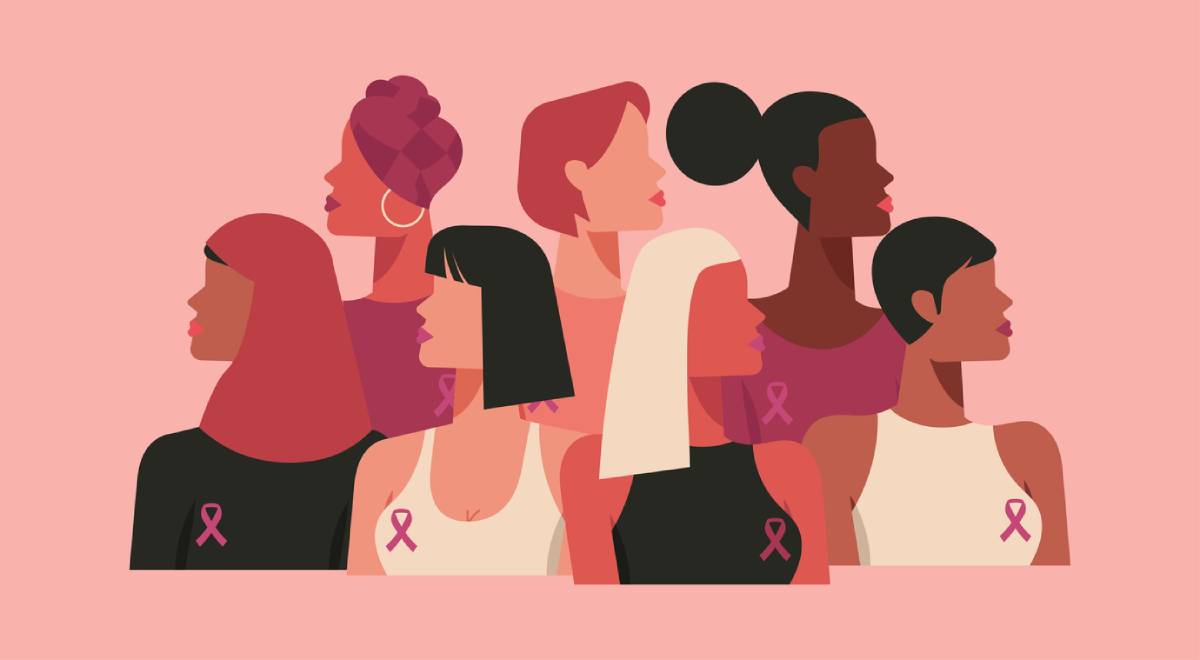Due to the risk of breast cancer, regular screenings are necessary for your short- and long-term health. Early detection is integral to your ability to overcome a cancer diagnosis. In fact, when detected early, the five-year survival rate of localized breast cancer is 99%. There are a number of screening options to ensure your health stays in good shape. However, you may wonder, what are the breast cancer screening options?
What Are the Breast Cancer Screening Options?
It is important to talk with your doctor about which screenings are right for you and when you should get them. This often depends on your age, risk level, family history, and certain lifestyle factors. Consider the following breast cancer screening options.
Breast Self-Exam:
A breast self-exam is something you can do at home to see if you notice any lumps or irregularities. This simple exam takes just a few minutes and should be done at least once a month. These are highly beneficial as roughly 40% of women diagnosed with breast cancer detected the lump themselves. This should not replace your annual breast screenings with your women’s health provider, but done in addition to it.
Clinical Breast Exam:
A clinical breast exam is performed by a trained medical professional. This is often performed annually at your regular wellness appointment. This is similar to a breast self-exam as the medical professional will gently press on both of your breasts, underarms, and up towards your collar bone. They are searching for any lumps, irregularities, or other signs of breast cancer. Because medical professionals are trained in these exams, they may notice things you missed during your breast self-exam.
Mammogram:
Mammograms are the most well-known breast cancer screening method. A mammogram involves an X-ray of your breast tissue. They are highly effective in detecting breast cancer. In fact, they have an 87% success rate in detecting breast cancer. This depends on your age and breast density. It is recommended that you get your first mammogram at 40 if you are at an average risk for breast cancer. You may need to get screened earlier if you are at a higher risk. It is integral to talk with your women’s health provider about when and how often you should get a breast cancer screening in Houston.
Ultrasound:
If your mammogram screening results in the detection of an abnormality, it is recommended that you get an ultrasound screening. An ultrasound utilizes high-frequency sound waves that get a clearer image of your breasts. This can be helpful for both the radiologist and women’s health provider as they can get a better understanding of what is happening inside your body. The screening is highly safe, painless, and involves the use of a handheld ultrasound probe that is glided across your breast.
MRI:
For those at a higher risk for breast cancer, an MRI is often done to ensure your breast health is in good shape. An MRI (also referred to as “magnetic resonance imaging”) uses radio waves and a magnet to get a detailed image of your breast tissue. The screening is recommended for women aged 30 or over with a 25% lifetime risk of getting breast cancer. For women who are at a high risk for breast cancer, an MRI is recommended annually. It’s important to talk with your medical provider about your level of risk and what screenings are right for you.
Breast Cancer Screening in Houston
If you need to schedule a breast cancer screening, contact the team at Pink Door Imaging. They are skilled in diagnostic mammography in Houston, in addition to a number of other screening methods. Contact their office today to schedule an appointment!


